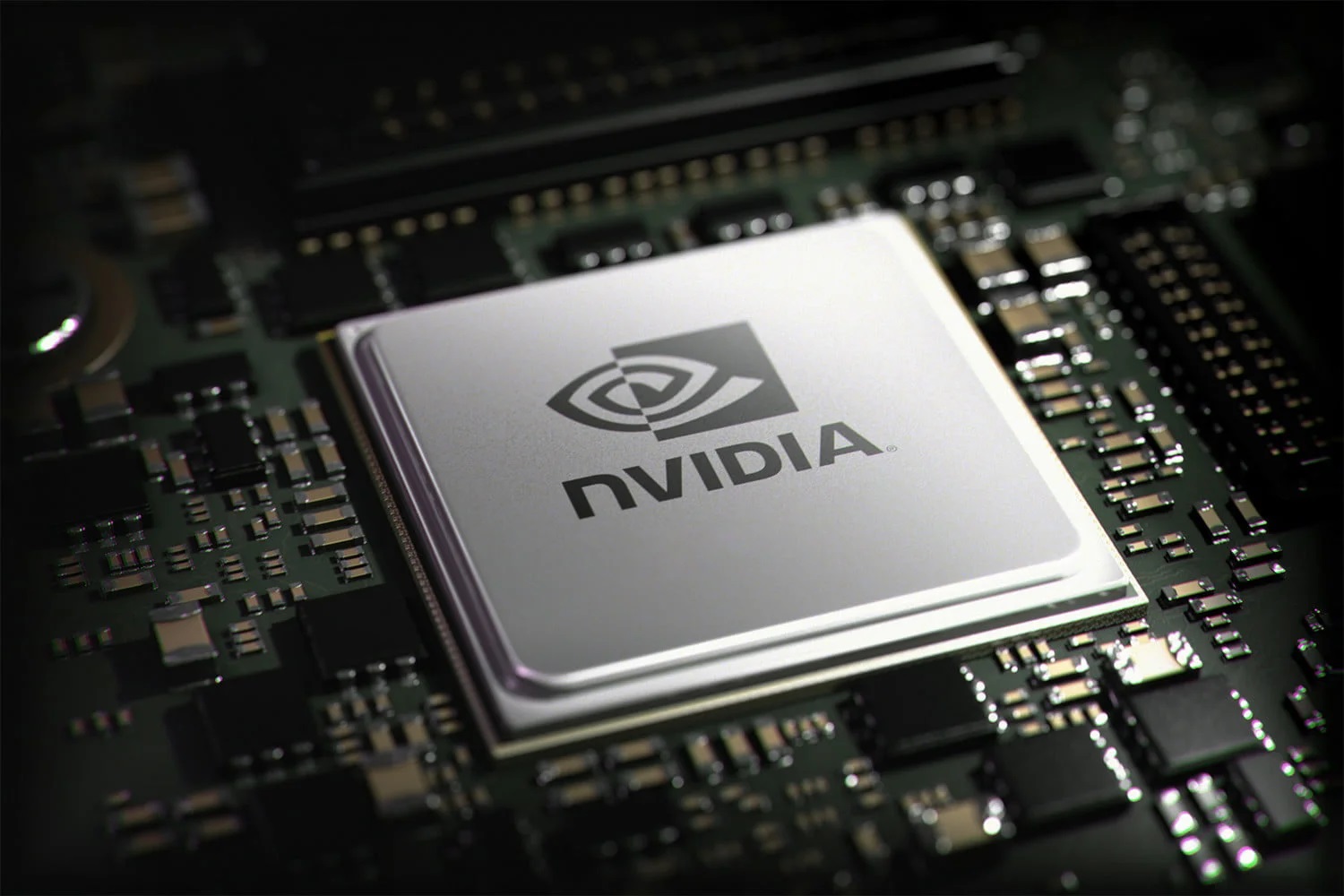But what is special about Nvidia’s microchips?

Albeit briefly, Nvidia has reached the trillion mark in market value. The demand for its microchips is very strong, but what makes them different from the others?
On Thursday, May 30, NVIDIA became the only semiconductor company to reach, if only briefly, a trillion-dollar market value by granting itself access to a select group of the world's largest technology companies: Alphabet, Amazon, Apple and Microsoft. Since last October to today, thanks to the very strong interest in artificial intelligence (thanks above all to ChatGPT), NVIDIA shares have grown by 200 percent, reaching around 400 dollars, and could continue to rise.
ARTIFICIAL INTELLIGENCE NEEDS CHIPS FROM NVIDIA
Generative artificial intelligence systems – those capable of writing texts with a prose very similar to human ones – in fact need NVIDIA microchips to guarantee the computing power necessary to perform their functions: ChatGPT, for example, uses thousands of chips A100 made by NVIDIA. Big Tech companies like Google and Microsoft want to integrate generative artificial intelligence into their products and services, and they won't be able to do so without the Californian company's devices.
EVERYTHING WAS BORN FROM VIDEO GAMES
As Quartz explains, NVIDIA's microprocessors are so in demand not only because of their technical specifications, but also because the company was "in the right place at the right time."
Founded in 1993 by Jensen Huang, a Taiwanese-American engineer, NVIDIA initially focused on computer graphics for the video game industry. The most efficient way to ensure high-resolution graphics in gaming PCs is to use a "parallel" system for carrying out calculations: this means that multiple processors simultaneously perform small calculations derived from a larger and more complex "problem".
This structure applies well to machine learning , that branch of artificial intelligence that consists of providing large amounts of data to algorithms and "teaching" them to process them to learn something. In fact, machine learning requires a system capable of performing many calculations quickly and simultaneously. NVIDIA already had that system, and they started honing it specifically for AI.
The company has an additional competitive edge because it offers not only microchips, but also software that allows various end-use applications to make the most of the computing capabilities of microprocessors.
AI SAVED NVIDIA'S ACCOUNTS
Last year alone, NVIDIA's situation didn't look so rosy: It reported a 17 percent decline in its revenue due to weakening demand for its gaming chips and cryptocurrencies, two industries that "exploded" during the the initial stages of the pandemic and then cooled down a lot. Cryptocurrency mining, or mining , is an activity that requires high computing power; NVIDIA developed microchips to make the process faster and more efficient.
COMPETITION IS GROWING
NVIDIA isn't the only company benefiting from the boom in artificial intelligence: shares of its main rivals, Intel and AMD, are also rising.
One wonders how long this moment will last for NVIDIA, considering that the competition is working on the development of faster microchips and that the same technology companies, such as Google and Amazon, have set about internally designing chips for artificial intelligence. It is possible that increased competition could reduce NVIDIA's competitive advantage and erode its market dominance.
This is a machine translation from Italian language of a post published on Start Magazine at the URL https://www.startmag.it/innovazione/nvidia-microchip-tecnologia/ on Sun, 04 Jun 2023 15:31:25 +0000.
